Shortly after moving to New York, Fischl experienced a shift from conceptual and abstract work, influenced by his art education at CalArts, to figurative realism. Works such as Sleepwalker (1979), Bad Boy (1981), and Birthday Boy (1983) are Freudian meditations of sexual awakening that are simultaneously shocking and touching. They showed a renewed interest in provocation and affect. During the 1990s, Fischl painted a series of beach scenes influenced by photographs he took in St. Tropez. The beach paintings further advanced Fischl’s aesthetic and called attention to the construction of images through digital manipulation and collage. In 2002, he created The Krefeld Project, for which he hired models to live as a couple in Museum Haus Esters, which occupies a private home designed by Mies van der Rohe. He took 2,000 photographs, which were digitally reworked and used as the basis for a series of paintings. The Krefeld Project solidified Fischl’s status as a master of portraying the unsaid, while engaging the issue of site-specificity in painting.
Fischl has also taken on high-profile public works and collaborations. In 1998, he was commissioned to make a series of glass mosaics, Garden of Circus Delights, for the 34th Street Subway Station in New York City. Tumbling Woman, a large bronze sculpture made for Rockefeller Center in New York in 2002 as a response to the 9/11 attacks, sparked a public debate on the use of the body in public commemoration. Fischl has also expanded his practice into set design and bookwork, in collaboration with various artists and authors, including Allen Ginsberg, Jamaica Kincaid and Jerry Saltz.
Born in New York City in 1948 and raised in the suburbs of Long Island, Fischl attended the California Institute of the Arts in Valencia, California where he earned his bachelor of fine arts degree in 1972. From 1974 to 1978 he taught painting at the Nova Scotia College of Art and Design in Halifax, Nova Scotia, alongside leading conceptual artists of his generation. In 1978 he moved to New York City where he maintains his studio practice while residing in Sag Harbour, Long Island.
Eric Fischl has been the subject of solo exhibitions at major institutions including: the Art Gallery of Ontario; the Whitney Museum of American Art, New York; the Museum of Contemporary Art, Chicago; the Institute of Contemporary Arts, London; Kunsthalle Basel; Akademie der Bildenden Künstein, Vienna; Museum Haus Esters, Krefeld; and Kunstmuseum Wolfsburg. He represented the United States at the 41st Venice Biennial in 1984, and exhibited at Documenta 8 in 1987 and the Whitney Biennials in 1983, 1985, and 1991. Fischl’s work is represented in the collections of important institutions such as the National Gallery of Canada, the Art Gallery of Ontario, the Art Institute of Chicago, National Gallery of Art, Washington, D.C., the Museum of Modern Art, New York, the Whitney Museum of American Art, New York, the Solomon R. Guggenheim Museum, New York, and the Metropolitan Museum of Art, New York.

Untitled (Study for the Weight), 2015
pigment print on rag paper, 48” x 32"
edition of 25
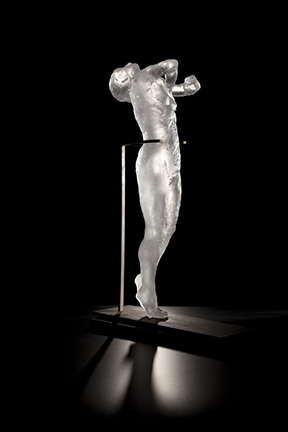
Untitled (Arching Woman), 2011
glass
24.5" x 9" x 11", edition of 10
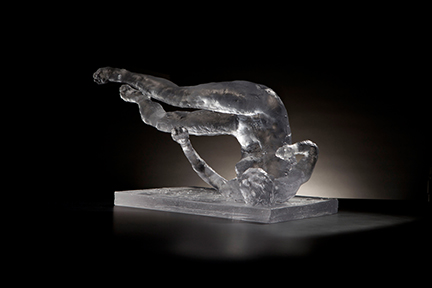
Untitled (Tumbling Woman), 2012
glass
12" x 18" x 14", edition of 10
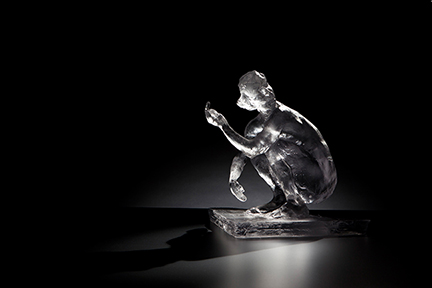
Untitled (Squatting Woman with Raised Arm), 2012
glass
21" x 19" x 18", edition of 10

The Dancer Suite (Blue Couple), 2013
pigment print on somerset paper
40" x 27", edition of 25
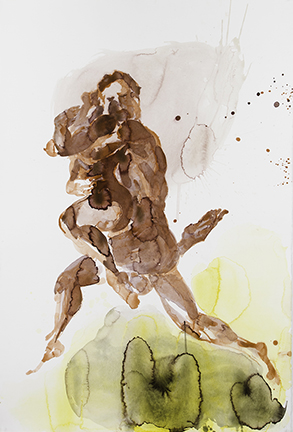
The Dancer Suite (Red Couple), 2013
pigment print on somerset paper
40" x 27", edition of 25
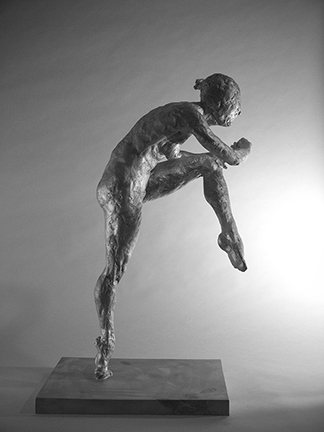
The Dancer, 2001
bronze
33" x 15" x 20", edition of 7

New Works in Paper and in Glass (Print Portfolio), 2012
pigment print on paper
20" x 13.5", edition of 25

New Works in Paper and in Glass (Print Portfolio), 2012
pigment print on paper
20" x 13.5", edition of 25

New Works in Paper and in Glass (Print Portfolio), 2012
pigment print on paper
20" x 13.5", edition of 25

Untitled, 2002
watercolour on paper, 15.75" x 10"

On the Beach, 2016
mixed media pigment print with poured resin, edition 5/7
40" x 30"
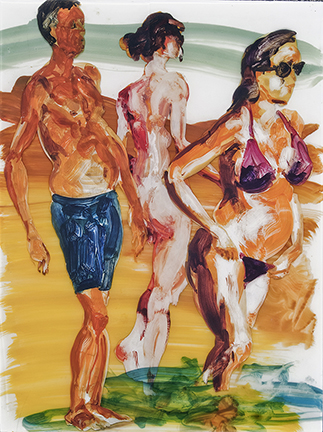
Untitled, 2013
hand painted collage with pigment inks and poured resin
40" x 30"
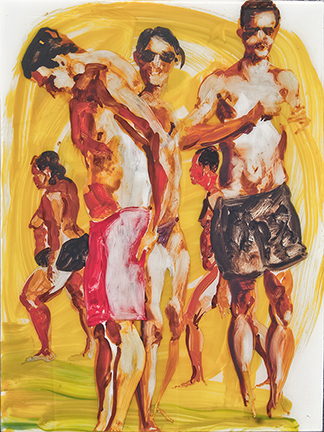
Untitled, 2013
hand painted collage with pigment inks and poured resin
40" x 30"
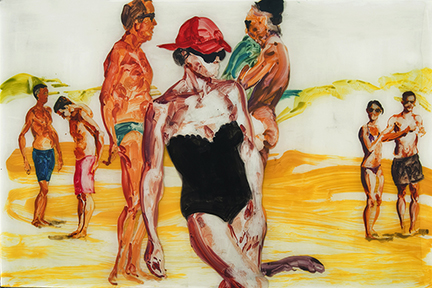
Untitled, 2013
hand painted collage with pigment inks and poured resin
40" x 60"
